Jin Chao
FaultNet: Faulty Rail-Valves Detection using Deep Learning and Computer Vision
Nov 09, 2019
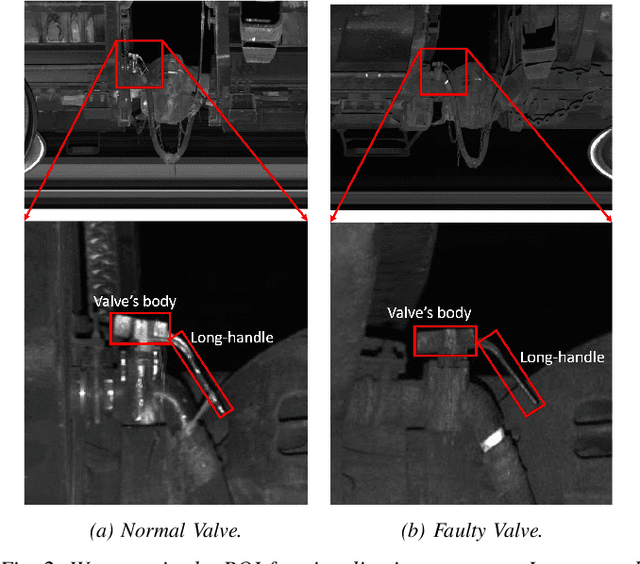
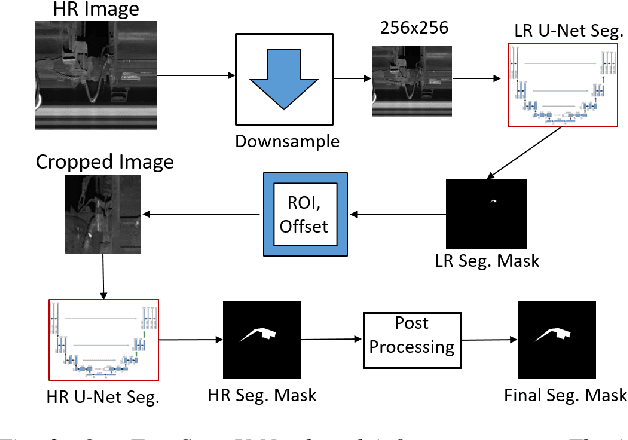
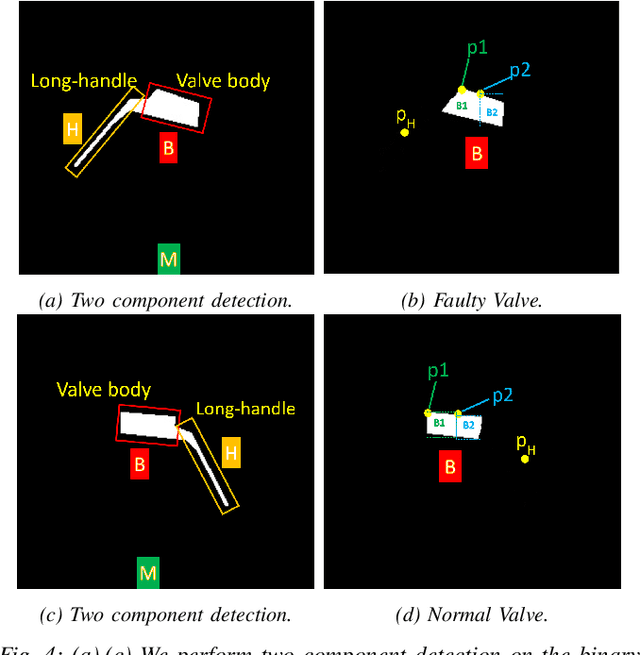
Abstract:Regular inspection of rail valves and engines is an important task to ensure the safety and efficiency of railway networks around the globe. Over the past decade, computer vision and pattern recognition based techniques have gained traction for such inspection and defect detection tasks. An automated end-to-end trained system can potentially provide a low-cost, high throughput, and cheap alternative to manual visual inspection of these components. However, such systems require a huge amount of defective images for networks to understand complex defects. In this paper, a multi-phase deep learning based technique is proposed to perform accurate fault detection of rail-valves. Our approach uses a two-step method to perform high precision image segmentation of rail-valves resulting in pixel-wise accurate segmentation. Thereafter, a computer vision technique is used to identify faulty valves. We demonstrate that the proposed approach results in improved detection performance when compared to current state-of-theart techniques used in fault detection.
* 8 pages, 8 figures, ITSC 2019
The AlexNet Moment for Homomorphic Encryption: HCNN, the First Homomorphic CNN on Encrypted Data with GPUs
Nov 02, 2018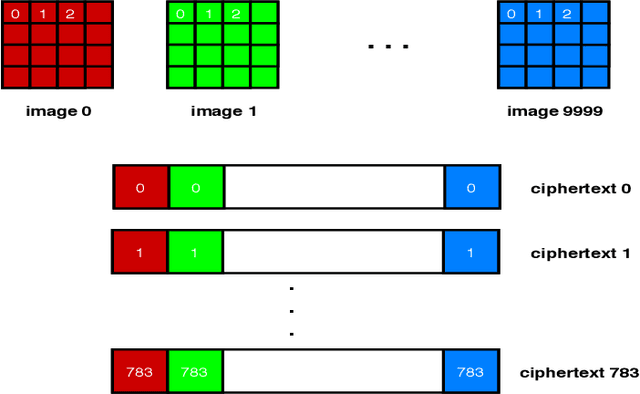
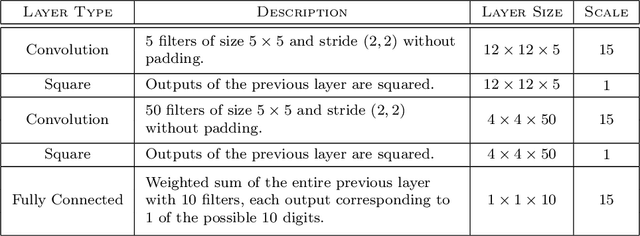
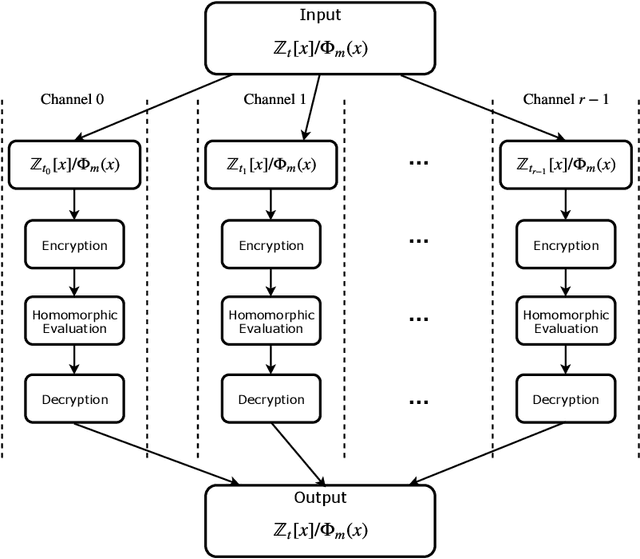
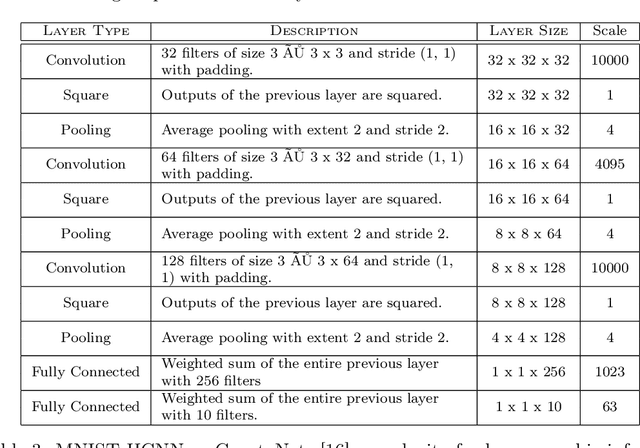
Abstract:Fully homomorphic encryption, with its widely-known feature of computing on encrypted data, empowers a wide range of privacy-concerned cloud applications including deep learning as a service. This comes at a high cost since FHE includes highly-intensive computation that requires enormous computing power. Although the literature includes a number of proposals to run CNNs on encrypted data, the performance is still far from satisfactory. In this paper, we push the level up and show how to accelerate the performance of running CNNs on encrypted data using GPUs. We evaluated a CNN to classify homomorphically the MNIST dataset into 10 classes. We used a number of techniques such as low-precision training, unified training and testing network, optimized FHE parameters and a very efficient GPU implementation to achieve high performance. Our solution achieved high security level (> 128 bit) and high accuracy (99%). In terms of performance, our best results show that we could classify the entire testing dataset in 14.105 seconds, with per-image amortized time (1.411 milliseconds) 40.41x faster than prior art.
 Add to Chrome
Add to Chrome Add to Firefox
Add to Firefox Add to Edge
Add to Edge